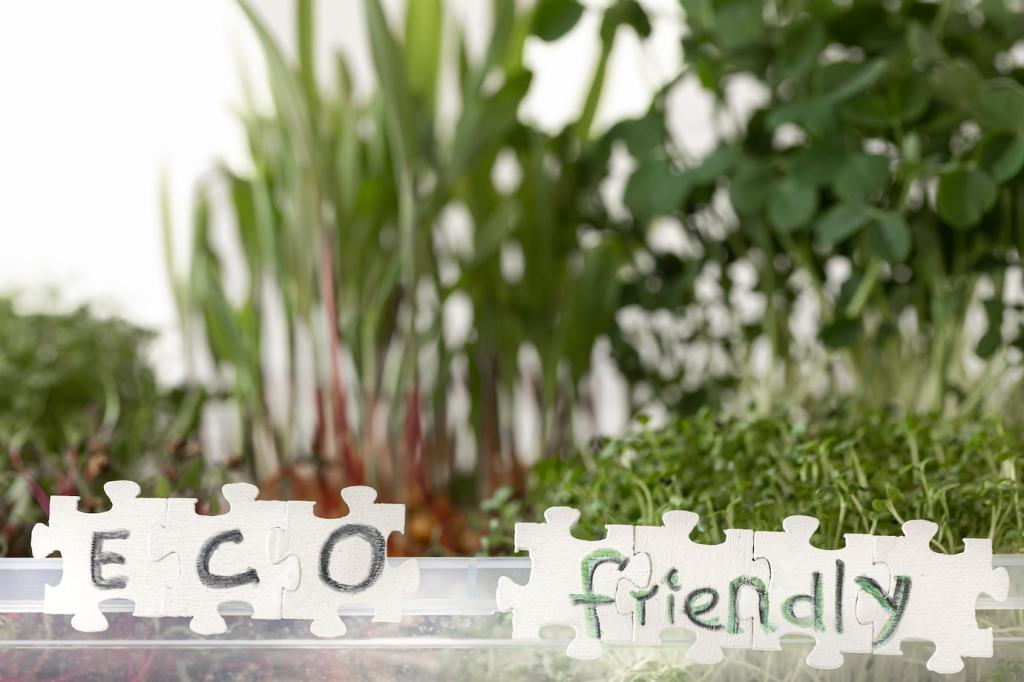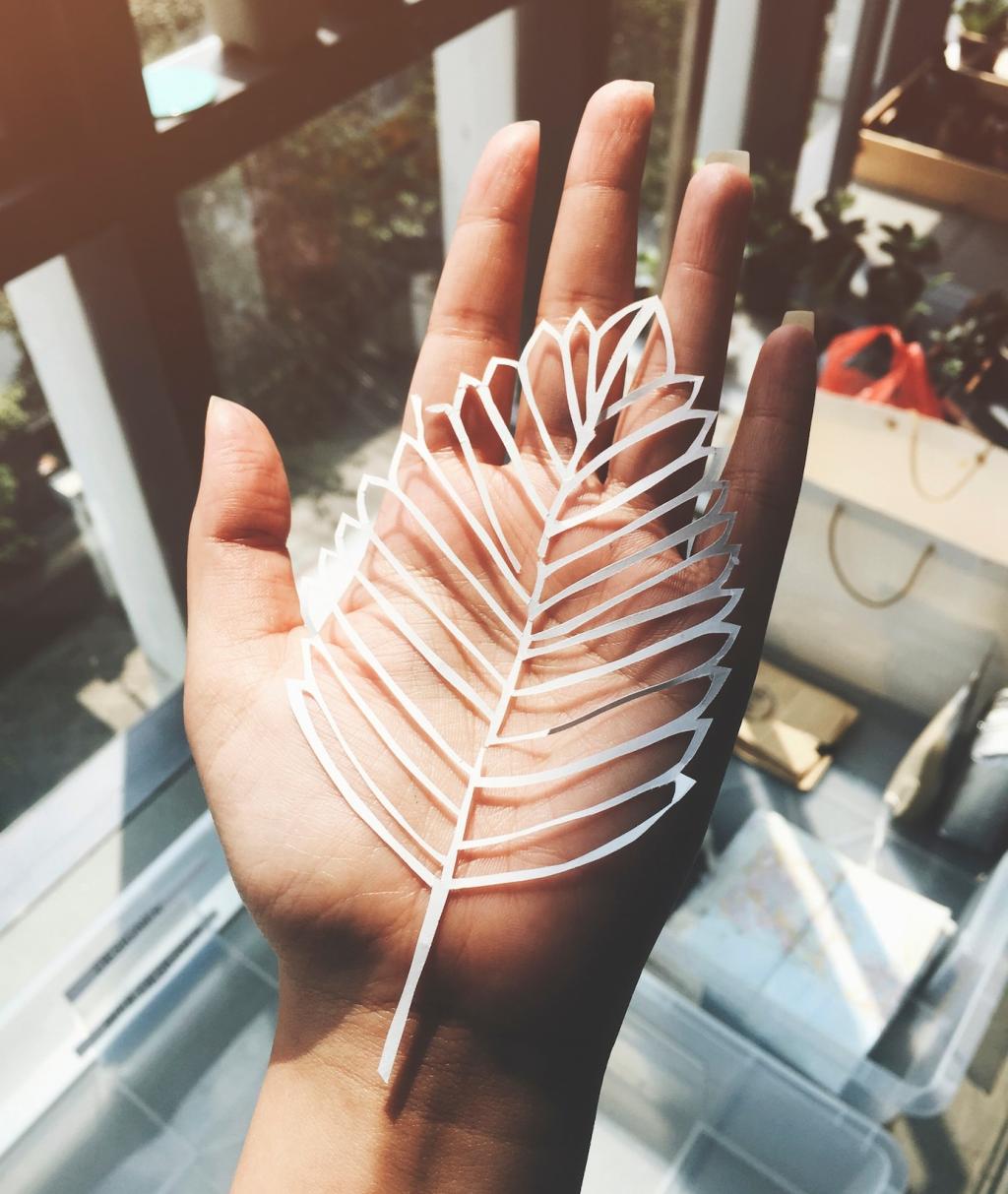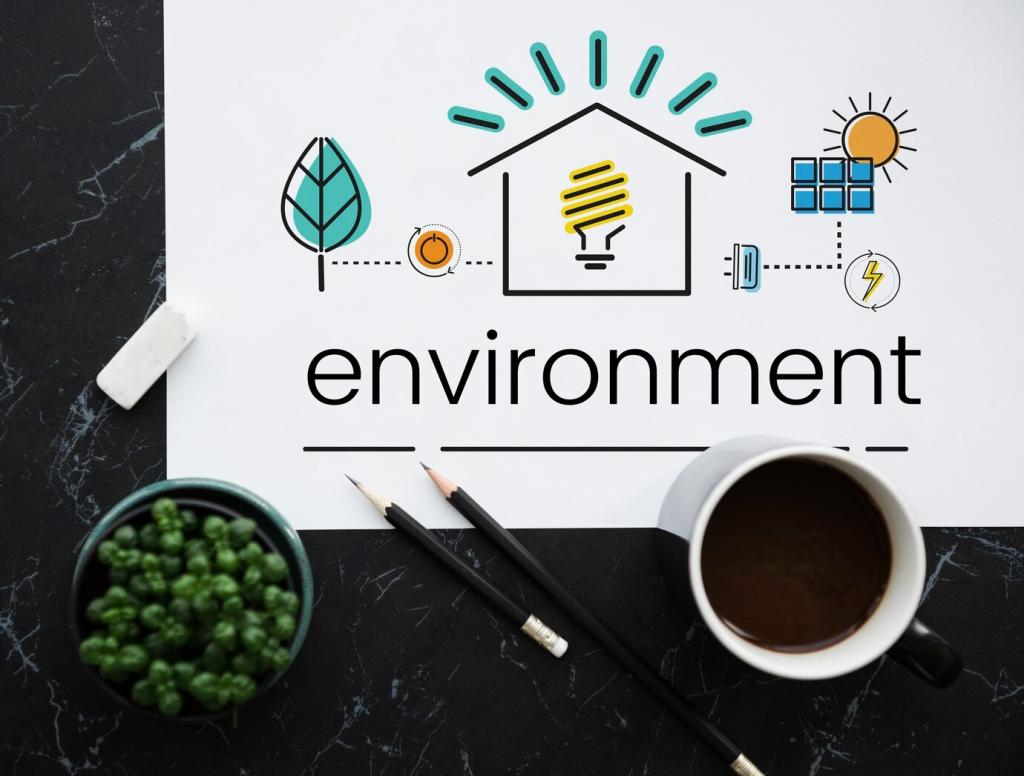Types of Non-Toxic Sealants You Can Trust
Polymerizing oils penetrate deeply, enhancing grain with a warm, natural glow. Choose purified, polymerized variants for faster cure and reduced odor. Ideal for tactile surfaces and heirlooms you plan to maintain with occasional rejuvenating coats.
Types of Non-Toxic Sealants You Can Trust
Contemporary waterborne finishes offer impressive clarity, low odor, and reduced VOCs. They resist abrasion on tabletops and cabinetry while keeping cleanup simple. Look for non-yellowing formulas that protect light woods without altering their crisp color.







